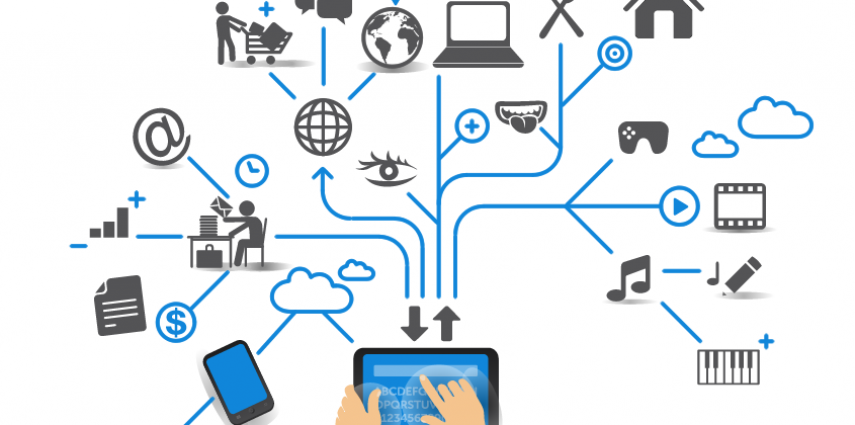Change fascinates me. It challenges my thinking, expands my horizons, broadens my perspective and frequently surprises me. I eagerly absorb new information streams and only wish I could create additional hours in every day to make room for more. (OK, that would be after any additional hours for family time… there can never be enough of those in a busy life)
The continued emergence of technology from a life defined by computers, screens and servers to one that will touch every aspect of our existence within our own lifetime, is a most amazing metamorphosis.
Everyone’s getting in on the act: Google just announced plans to expand Android into new sectors like wearable tech and cars; Apple and Samsung are rumoured to be on the verge of announcing their offering in wearables too; Amazon have entered the mobile space with a not-so-cunningly disguised personal shopping assistant with novel, but potentially gimmicky 3D camera view.
In this new world of infinite possibility, it seems that everything is a potential target for tech labs seeking to integrate their binary brilliance. Should we be concerned about this, or not? I guess this depends upon many things, not least the generational cohort to which you belong and the lifestyle you currently lead. I’m old enough to remember green screens and DOS hitting the desk. Chances are, if you’re old enough to remember the arrival of colour TV (which I’m not), then your views on this tech explosion may (note, I do say “may”) hold more concerns than thrills. Yet the Digital Natives of the Y and Z Gen’s have been born into an evolutionary autobahn of technical advancement and for them, the speed and direction of this change is expected, embraced… demanded. Where we (of the X, Boomer and prior cohorts) still marvel at technical advancement, the Natives wonder why it can’t move fast enough. I wonder if their expectations are so high that very little actually impresses them as being ahead of the curve they imagine before them.
The channels, pathways, opportunities, devices, THINGS through which we connect brands with their audiences are in constant flux. Some are growing, some declining, others sprouting and the landscape looks different from one week (one day?) to the next. This drive to connect “dumb” machines and objects with smart technology will enrich the lives of some and enrage others. Unquestionably there are dangers ahead if the line between tech as enhancer and tech as distraction is crossed. If the windscreen can safely provide additional data to make the journey safer and more enjoyable, then fantastic… I’m all for it. If a self-driving car can truly get us from A to B without incident, or at least with fewer than we cause ourselves, then this is progress. I think.
As a media and marketing practitioner in this hyper-evolution, these are indeed wondrous times. Yet I believe firmly that the age-old and oft-repeated tenets of advertising pervade. Why? Because fundamental human characteristics, needs (real ones… not branded ones), behaviour and truths have changed little in 50 years, if indeed in 5,000. In advertising terms, we must still generate awareness, familiarity and acceptance in order to sell. However, in today’s fast paced digital world, all of these steps may come at once, in a single user session. Tell me a story, show me a slick path to purchase, promise me fast delivery and I’m yours… for now.
Will the Internet of Things bring about a totally new form of advertising? Quite possibly. Will unprecedented levels of inter-connectivity change our lives for the better? Who can say? Either way, I can’t wait for tomorrow… and what it brings.
(This post was originally published on LinkedIn.)
Darren Paterson is Principal of Digicentric and is Expert Consultant – Digital and Media for Jamecam Consulting.
